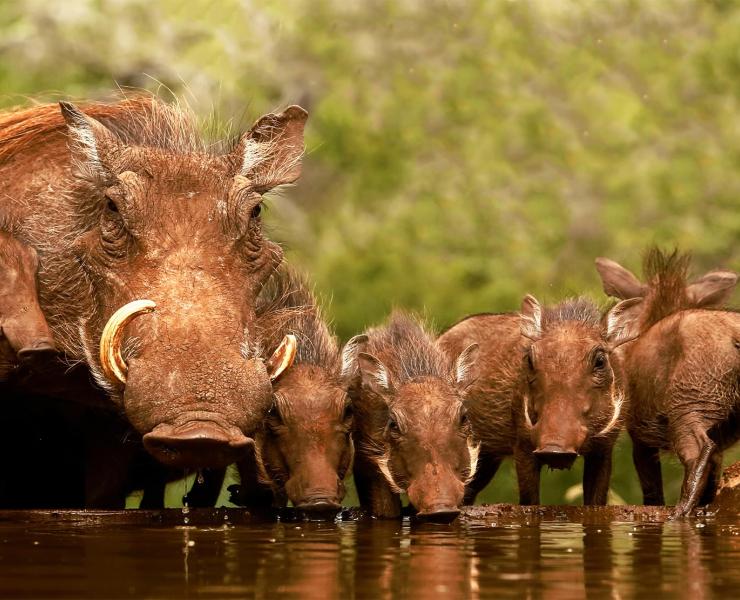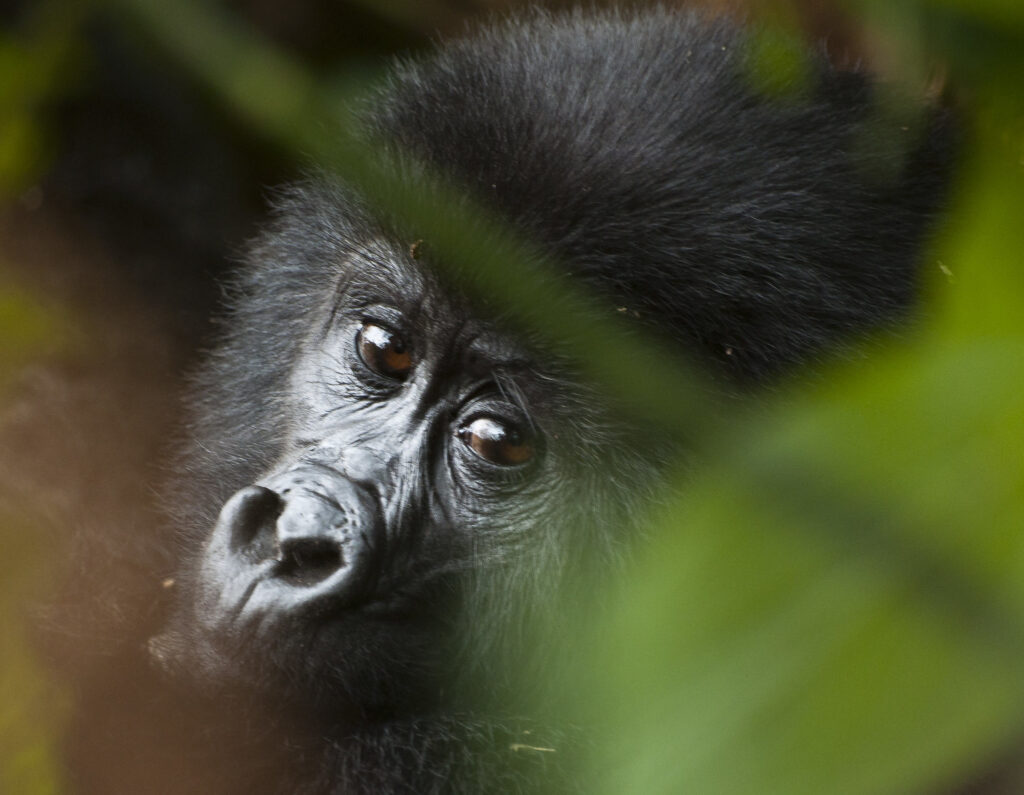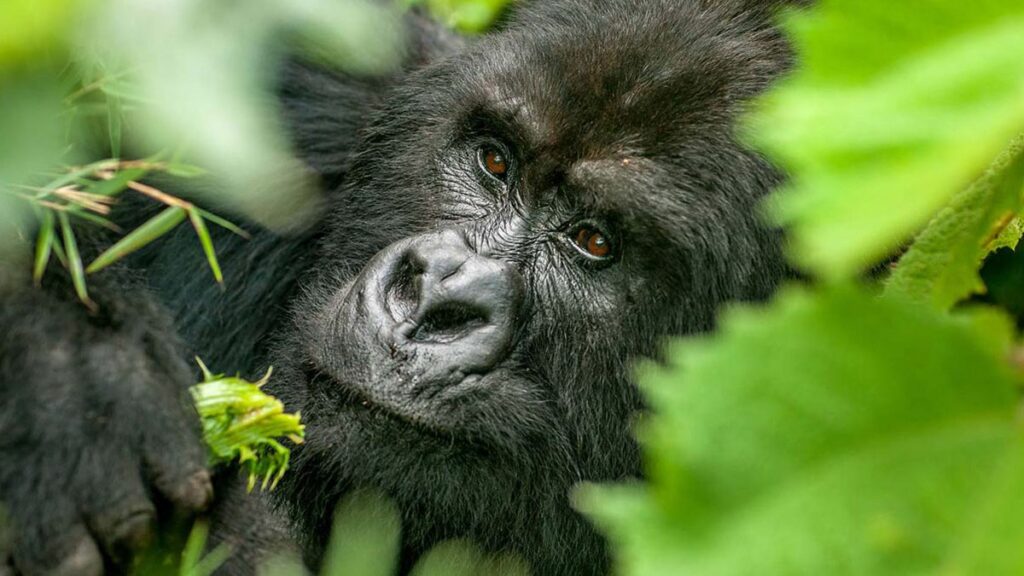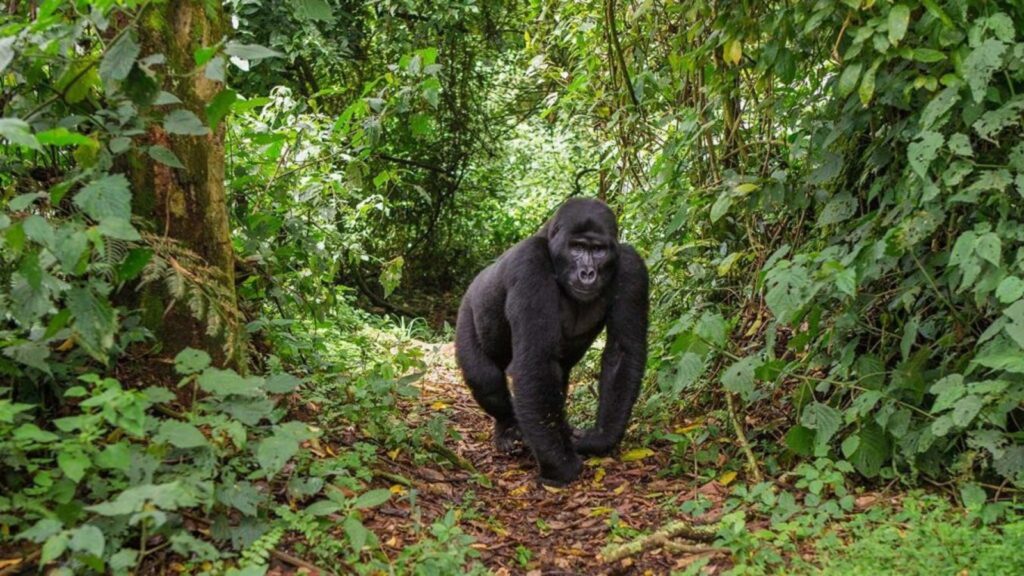5 Fascinating Facts About the Incredible Warthog
The warthog might not win any beauty contests, but it is one of Africa’s most remarkable and resilient animals. Often spotted trotting through savannahs with its tail sticking straight up, this wild member of the pig family has unique features and behaviors that help it survive in some of the harshest environments.
Here are five fascinating facts that make the warthog one of the most incredible creatures on the African plains.

-
They’re Masters of Reverse Parking
Warthogs sleep and shelter in burrows, but they always back in — tail first. This means they can charge out quickly if threatened, using their sharp tusks to defend themselves. This quirky habit gives them a survival advantage against predators like lions and leopards.
-
Built for Speed and Stamina
Despite their short, stocky legs, warthogs can run up to 55 km/h (34 mph). They rely on this burst of speed to escape danger, often zigzagging to confuse predators. Their stamina also allows them to travel long distances in search of food and water.
-
Adapted to Harsh Environments
Warthogs can go for months without drinking water during the dry season by relying on moisture from roots, bulbs, and tubers. They also kneel on their padded front knees to graze — a unique feeding adaptation that helps them dig for food.
-
Social but Protective
Female warthogs live in family groups called sounders, which often include their young. Males tend to be solitary except during the mating season. While generally peaceful, warthogs fiercely defend their young from predators, often charging with surprising aggression.
-
They’re Nature’s Lawn Mowers
Warthogs primarily feed on short grasses, and their grazing helps maintain the grassland ecosystem. By digging for roots and tubers, they also aerate the soil, making them important contributors to the health of their habitat.
Conclusion
The warthog’s odd appearance hides a tough, resourceful, and essential member of Africa’s wildlife family. From reverse burrow entries to incredible endurance, these fascinating animals are built for survival. The next time you see one on safari, take a moment to appreciate the unique role it plays in the African ecosystem.




